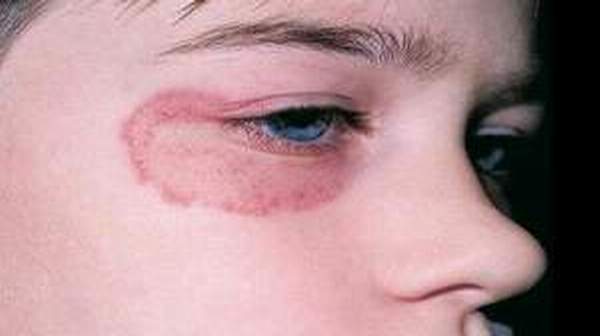What's in this article?
What is Ringworm
- Ringworm is a common fungal infection of the skin and is not due to a worm.
- The medical term for ringworm is tinea. The condition is further named for the site of the body where the infection occurs.
- Ringworm causes a scaly, crusted rash that may appear as round, red patches on the skin.Other symptoms and signs of ringworm include patches of hair loss or scaling on the scalp, itching, and blister-like lesions.
- Ringworm can be successfully treated with antifungal medications used either topically or orally.
Ringworm is common, especially among children. However, it may affect people of all ages. It is caused by a fungus, not a worm like the name suggests.
Many bacteria and fungi live on your body. Some of these are useful, while others can cause infections. Ringworm occurs when a type of fungus called tinea grows and multiplies on your skin.
Ringwork can affect the skin on your:
- Beard — tinea barbae
- Body — tinea corporis
- Feet — tinea pedis (also called athlete’s foot)
- Groin area — tinea cruris (also called jock itch)
- Scalp — tinea capitis
Ringworm can spread easily from one person to another. You can catch it, if you touch someone who has the infection, or if you come into contact with items contaminated by the fungus, such as combs, unwashed clothing, and shower or pool surfaces. You can also catch ringworm from pets that carry the fungus. Cats are common carriers.
The fungus that causes ringworm thrive in warm, moist areas. Ringworm is more likely when you are often wet (such as from sweating) and from minor injuries to your skin, scalp, or nails.
What causes?
Ringworm is caused by a fungus that grows on the skin. Once the fungus is established, it spreads out in rings. The centre of the ring may clear up, while a new ring of infection develops at the edge of the old ring.
Children are most likely to get ringworm. Ringworm of the scalp can spread from child to child when children share hats, combs, or brushes. Ringworm of the body can be spread on towels, clothing, or sports equipment. Personal hygiene is important in preventing the spread of ringworm. Dogs and cats can also be infected with ringworm, and they can pass it to people through direct contact.
How can I prevent it?
Good personal hygiene helps prevent the spread of ringworm. Teach your child to practise good hygiene and generally not to share combs, brushes, or hats. Children also shouldn’t share towels, clothes, or sports equipment that haven’t been properly cleaned.
Ringworm can also be transmitted from an infected dog or cat, so avoid animals who look mangy or have bald spots in their coats. If you have an animal that you think may have infected, take it to the vet for treatment.
Steps to prevent ringworm:
- Keep your skin and feet clean and dry.
- Shampoo regularly, especially after haircuts.
- Do not share clothing, towels, hairbrushes, combs, headgear, or other personal care items. Such items should be thoroughly cleaned and dried after use.
- Wear sandals or shoes at gyms, lockers, and pools.
- Avoid touching pets with bald spots.





